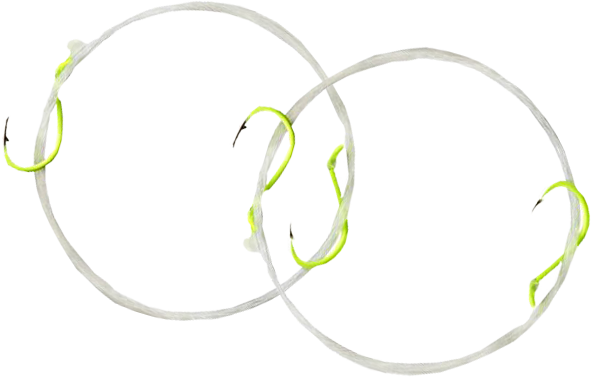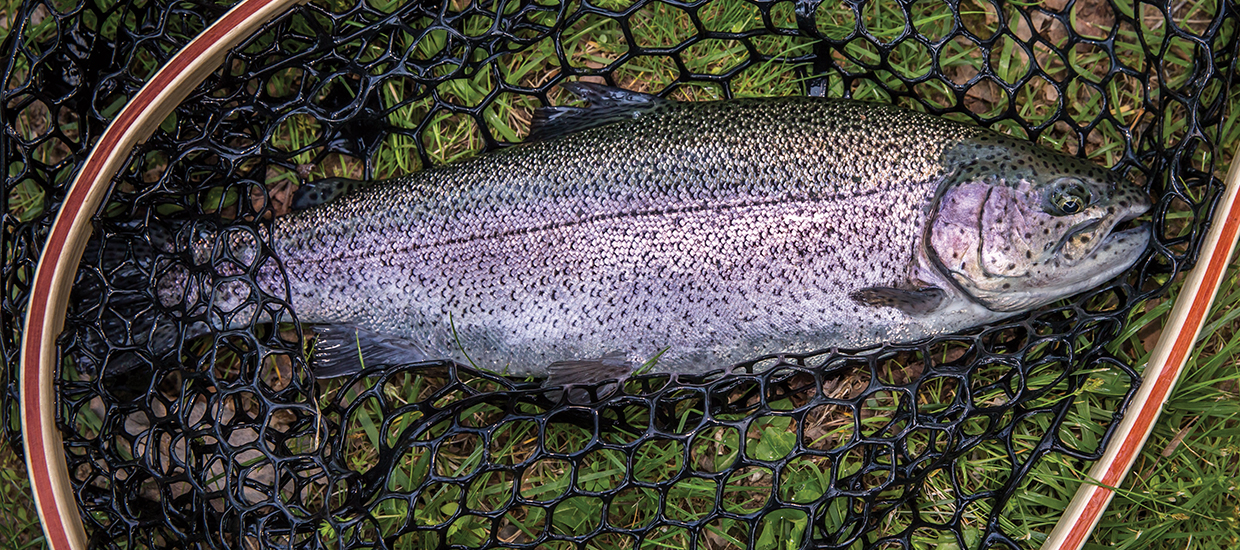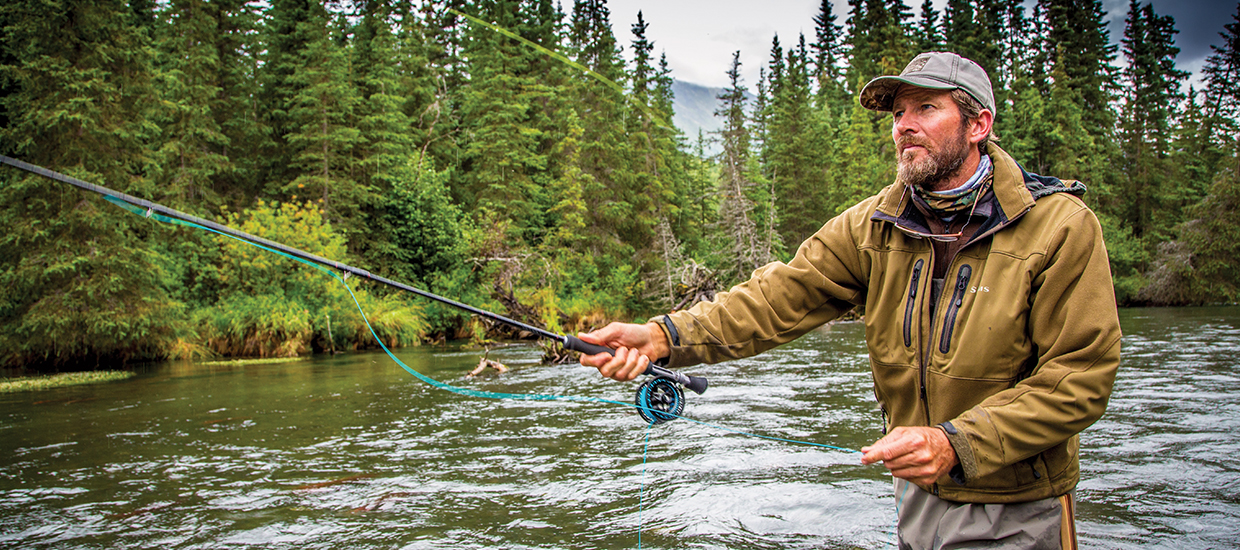Trout

Trout Fishing Techniques
Trolling

This technique refers to letting out a set amount of line from the reel to get the lure down to a chosen depth and pulling it behind a boat that is traveling at a slow speed so that the lure is continuously displaying the desired action.
The idea is to cover as much water as possible while your lure moves in a swimming action, mimicking the movements of real prey. It’s a technique that is highly impacted by the gear you use, so you’ll want to make sure you have the correct equipment for best results. Slowly pull a wobbling crankbait just below the surface of the water (you should see a subtle wake forming). Make sure you wait for the tug of a bite so you don’t risk jerking the lure away too quickly and losing your catch. When trolling, it is best to use a motor that enables your boat to go slow enough to target the fish you’re after.
Rigging
This technique incorporates a varity of items to assemble a fool-proof hooking apparatus.
There are several variations of rigs that can be built, but they all have one thing in common: they are assembled using combinations of various components including a main line and a leader line, weights, terminal hooks/floats, rod, reel, and bait. Essentially, this approach allows you to customize your gear to optimize your technique based on your desired results. The weight is utilized to keep your bait where the fish are biting. The leader line or snell length recommended varies greatly depending on the water clarity and fishing pressure the waterbody experiences, with some anglers swearing by 3-foot snells in murky, low pressure situations, and 8-foot snells in clear, high-pressure waters.


Fly Fishing

When it comes to fly fishing, your gear is the most important component. Depending on how narrow or wide the river you’re fishing in is, you’ll want to adjust the length of your rod accordingly. You’ll probably want to wear a pair of waders to keep you warm since Trout prefer cold waters. The idea is to get your fly to move directly with the current without friction so the movement of your fly looks perfectly natural.
You can use either a “wet” fly, which is fished below the water’s surface, or a “dry” fly which floats along the top of the water’s surface. You can experiment with different approaches (upstream, downstream, or cross-stream) and positions, reeling in and casting again once the fly has travelled your desired distance.

